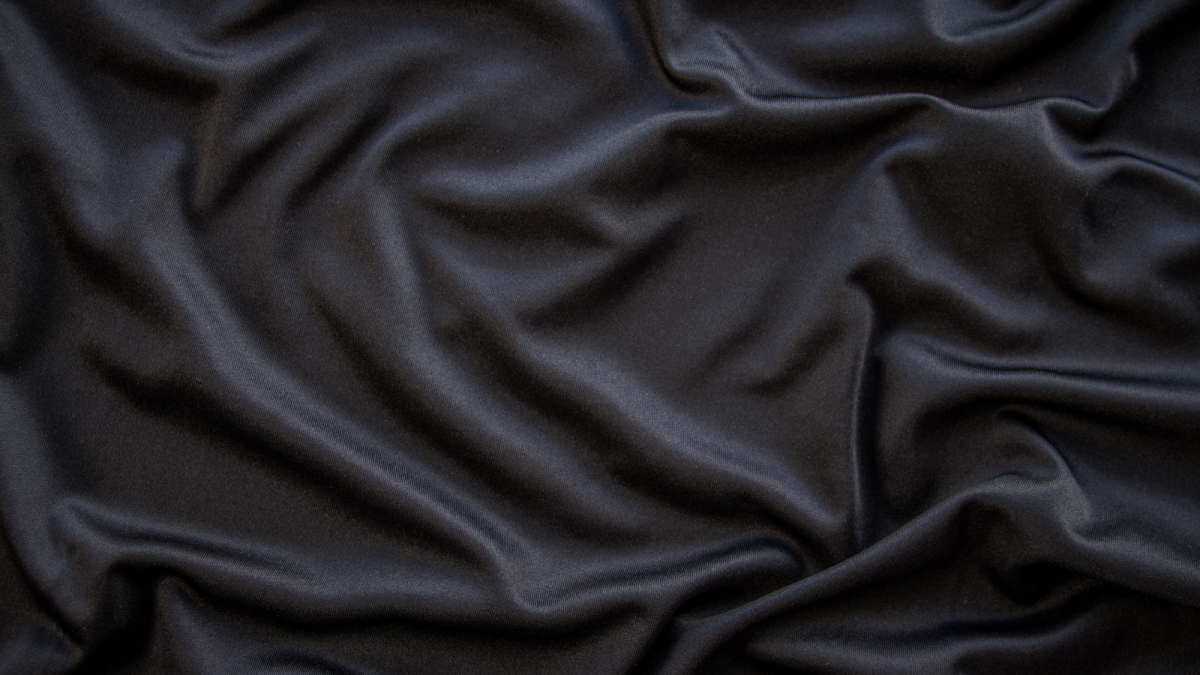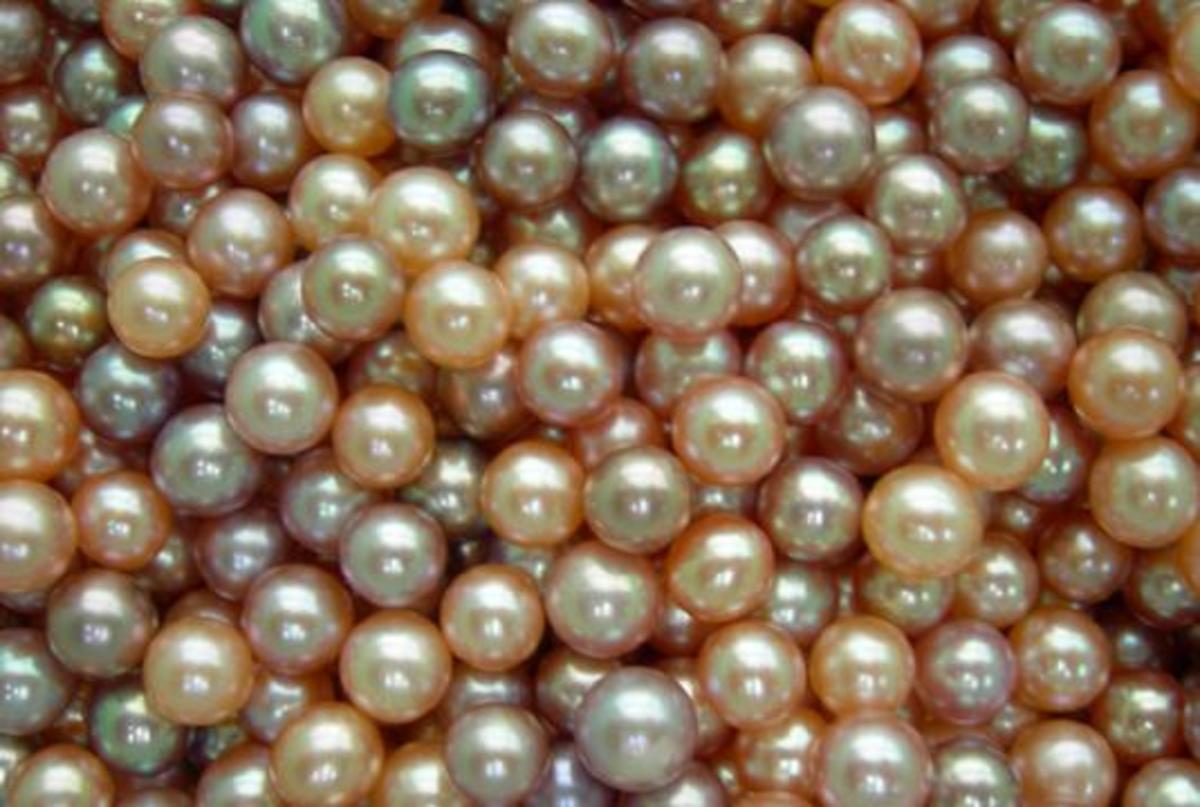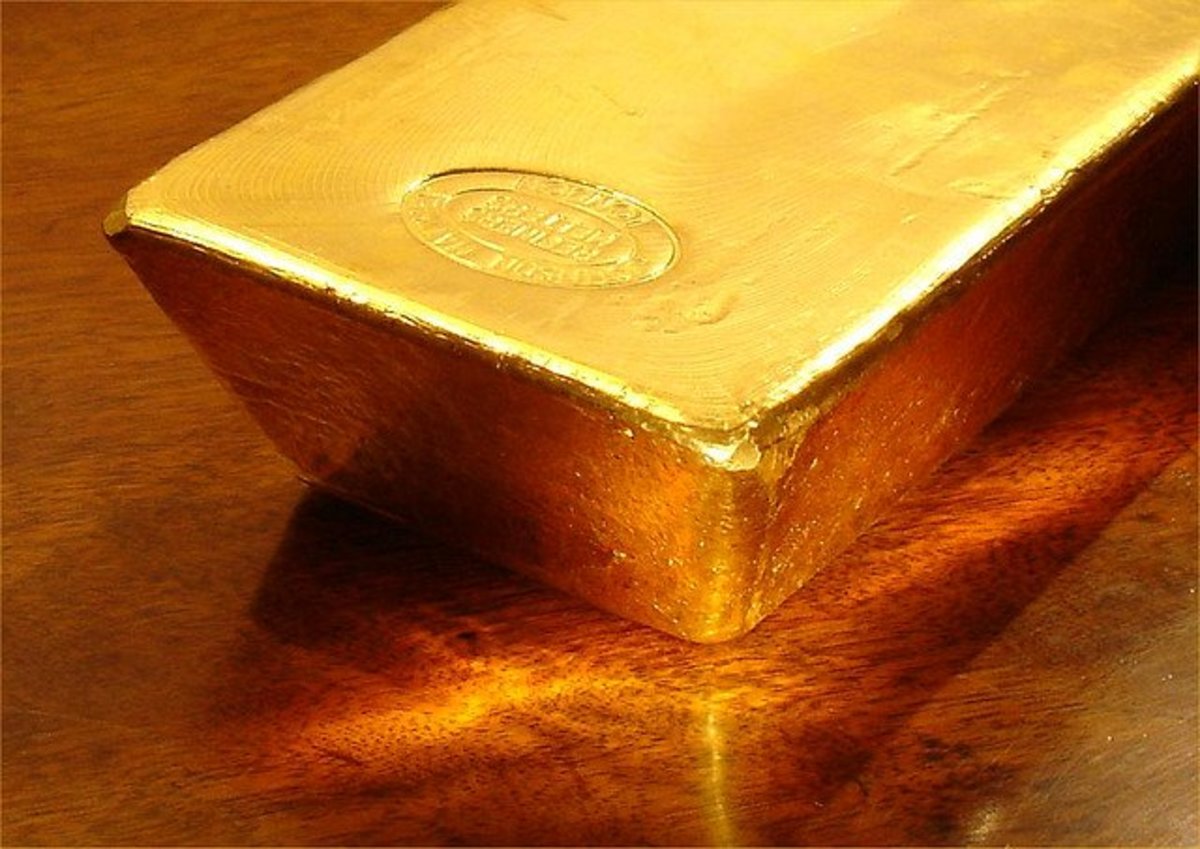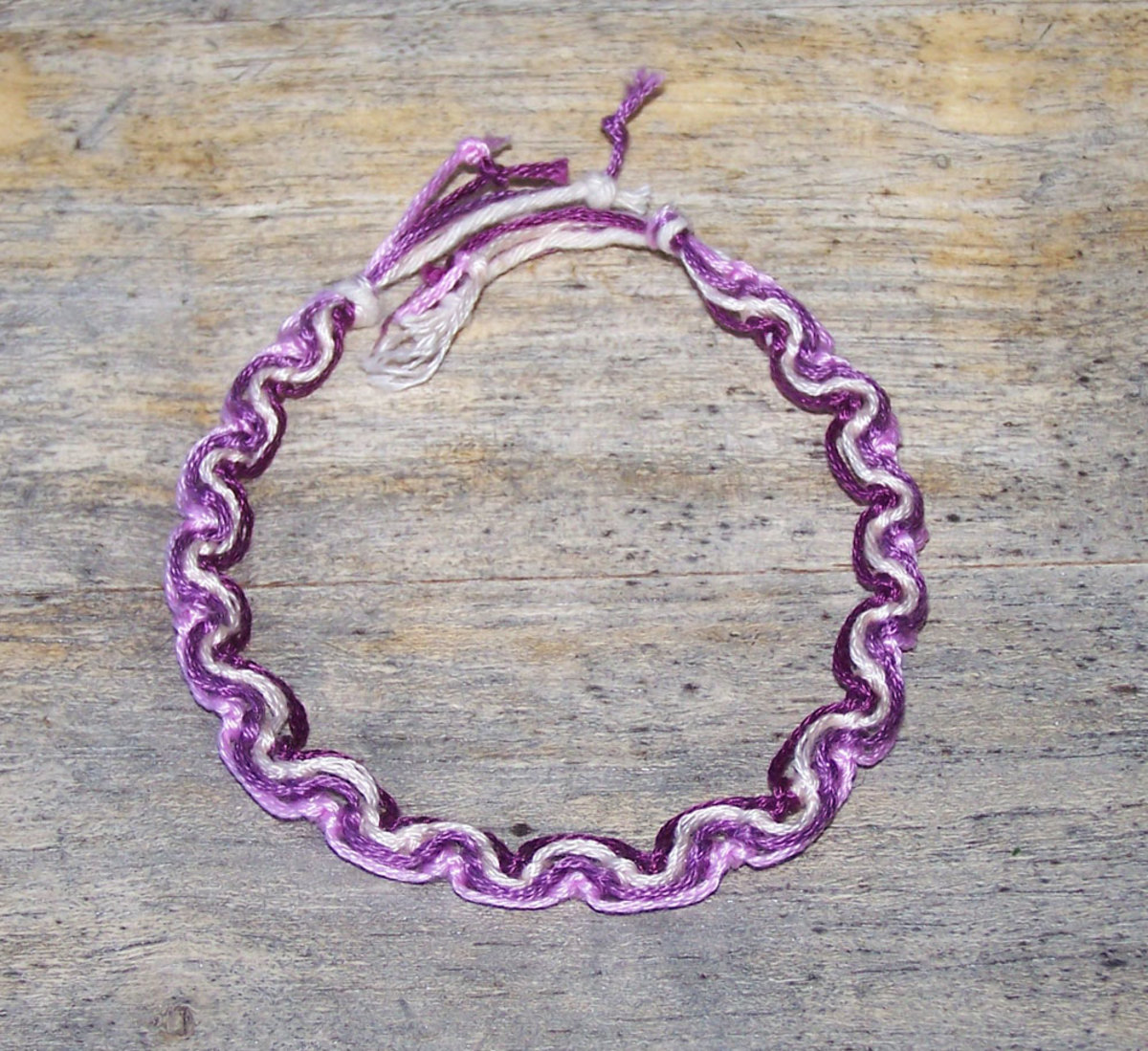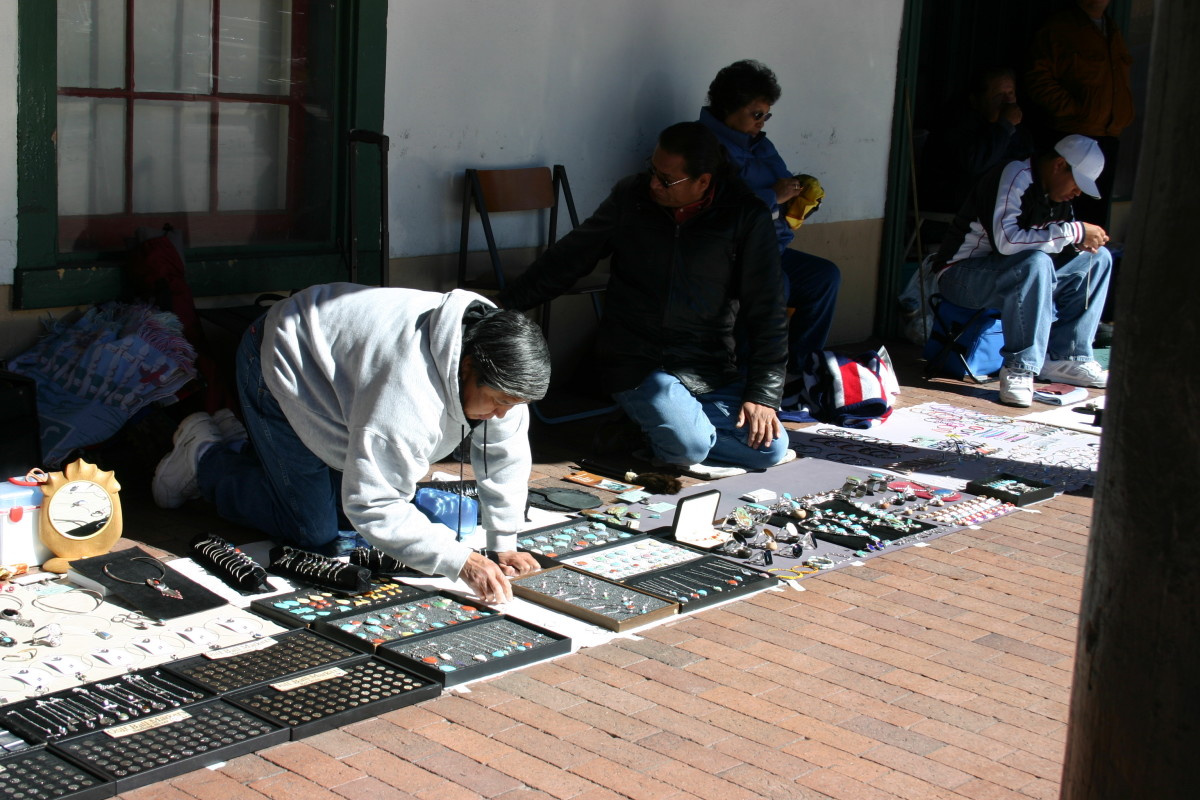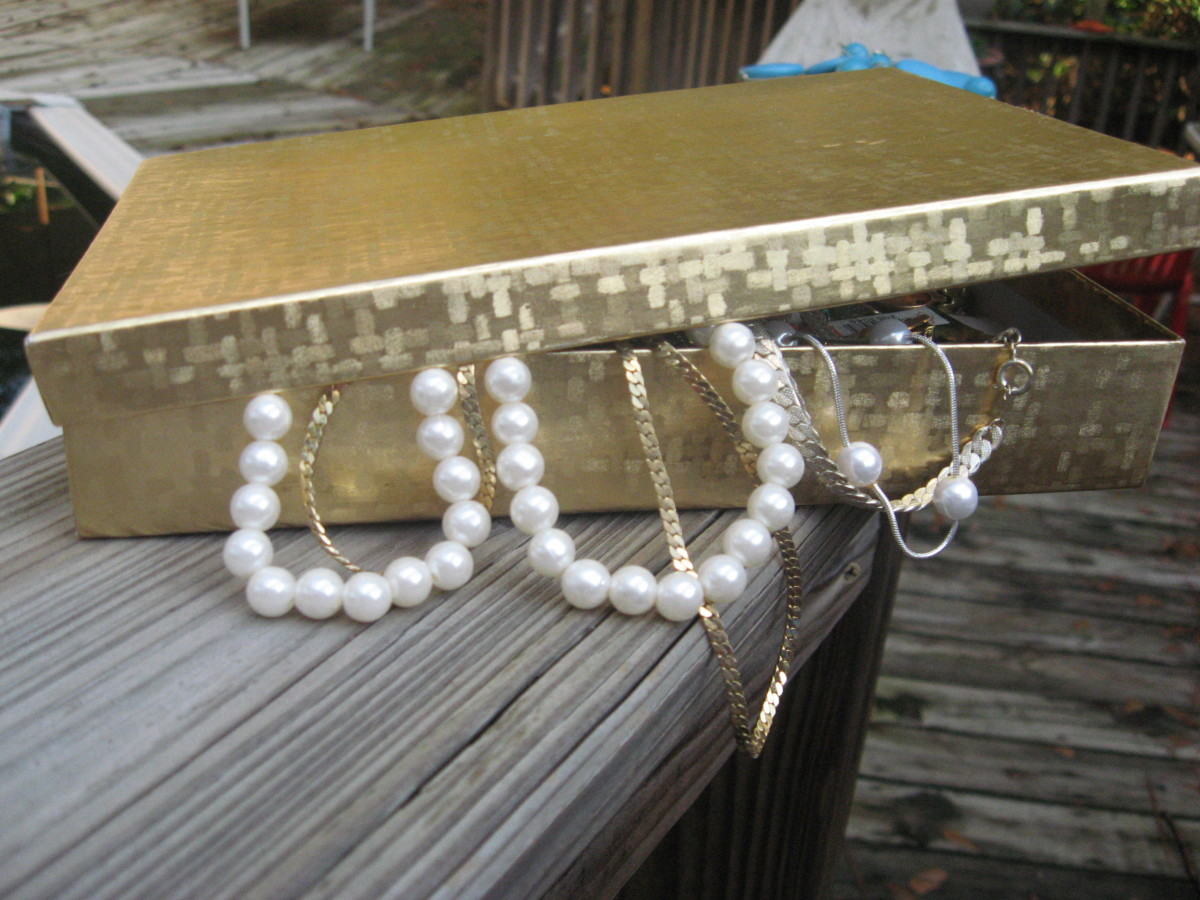A Few Important Facts About Pearls - Gems Found Under the Oyster's Shell
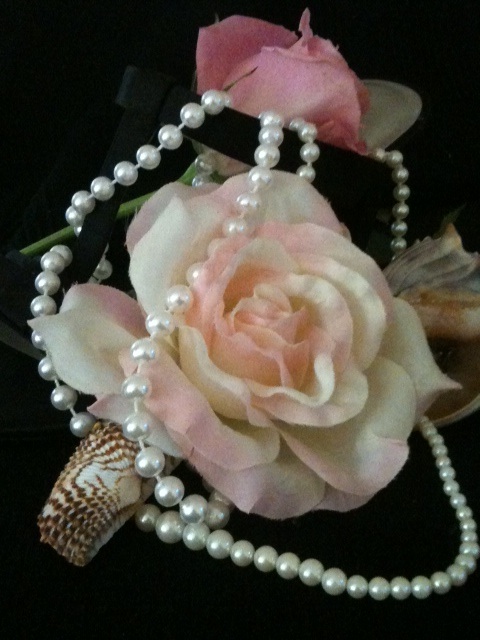
Facts about Pearl - The Symbolism
Pearls are at once a symbol of innocence and purity and the ultimate symbol of elegance and subtle sexiness. Uncover the facts about pearls and it is clear that they have been coveted by man since the first cave dweller broke her tooth while eating an oyster.
For thousands of years, pearls symbolized wealth and with that wealth - power. The Egyptian Queen Cleopatra is said to have infamously dissolved a string of pearls in wine, then drinking the contents to prove her unlimited wealth (power) to Mark Anthony. The ancient world associated pearls with the moon, bestowing them with magical powers. One of the facts about pearls is that the The Incas and the Aztecs so coveted the pearls they created rich pearl fisheries that soon (and disastrously) came to the attentions of Europeans in their early discoveries of the "New" World.
The Hindus believed pearls to be a symbol of the moon, while the Chinese thought a pearl's growth was actually controlled by the moon. The Chinese also believed pearls to be symbolic of perfection and purity.
Pearls have been prominent in secular and religious life during various times and in different cultures. They have been mentioned in the Bible, the Koran and the Talmud. During the Dark Ages, pearls were a talisman - protection from harm in battle - for knights journeying to the East in search of the Holy Grail.
Timeless Beauty, Ageless Wearer
Heiress Barbara Hutton wore them at age three, Lady Brooks Astor wore them at 93. Audrey Hepburn was memorable in pearls as free spirited Holly Golightly in Breakfast At Tiffany's. Designer CoCo Chanel dripped with them. Singer Rihanna has been seen swathed in them. American First Ladies, including Jacqueline Kennedy, Barbara Bush and Michelle Obama, made them fashionable.
Often, young girls are given a pearl at their first birthday and receive one every year thereafter until they have a string for their sixteenth birthday or for their debutante party. For many sororities such as Alpha Kappa Alpha Sorority, Incorporated, the pearl is the gem of choice as a symbol of beauty, elegance and strength.

Facts about the Pearl's Layered History
Because they are found naturally in various waters throughout the globe, the facts surrounding the pearl's history are like the layers of the pearl itself. In many cultures, it was not the pearl that was so valued early in their history, but rather the mother-of-pearl that was found lining the shell. The pearl was, in fact, a rarity. Mother-of-pearl, the oyster shell's lining, was not. Once the use of pearls as jewelry began, however, the practice never abatted. Ancient Middle Eastern Cultures may have been the first to value the pearls as jewelry, evidenced by the discovery of a Persian princess who was buried with her pearl jewelry in 520 B. C. Fittingly, the Persians believed pearls to be tears of the gods. The princess was buried with her tears.
The practice of wearing pearls as jewelry is thought to have spread from Persia to the ancient Mediterranean world and then across the Roman Empire. Some historian believe evidence suggests Julius Cesar advanced his campaign across Europe into Britain because of the quest for the freshwater pearls that could be found in the rivers of Scotland.
A symbol of preciousness and purity, pearls are mentioned as jewelry in Chinese texts as far back as 4,000 years ago.
The Hindu and Muslim world has a long history of men and women valuing and wearing pearls. In Islam, pearls represented perfection and completeness. Many Islamic rulers possessed renowned, expansive collections of gems including massive numbers of pearls.
The Hindu believed the pearl to be a gem that was second only to diamonds, associating it with the "cool" brilliance of the moon. According to Hindu legend, "Krishna the Adorable, the eighth incarnation of the great god Vishnu...discovered the pearl when he drew it from the depths of the sea as a gift for his daughter on her wedding day" write Ki Hackney and Diana Edkins in their informative book People and Pearls: The Magic Endures.
An interesting fact about pearls in European cultures during the 13th and 14th centuries is that the nobility were very clear in their regard of the pearl as a symbol of status and wealth. Mimicking the practice of the ancient Romans, certain classes were forbidden wearing pearls, even if they could afford to buy them. For example, lawyers and teachers could not be seen wearing pearls. This insured that the pearl's value would remain high and its "mystic" intact.
Queen Elizabeth I (1533 - 1603) had a "passion for pearls" and was painted wearing ropes of the organic gems and elaborate clothing displaying pearls weaved into the fabric. She often adorned her hair with the pearls, her crowns displaying pearls of varying sizes. For the Virgin Queen, their purity was symbolic of the "chaste" image she projected during her reign.
18th and 19th Century Russian nobility took pearl wearing to the extreme. The royal designers created lavish jewelry, intricate decorative headdress and articles of clothing with pearls extravagantly woven and embroidered in the voluminous layers of fabric. Pictures of members of the Romanov dynasty, the last Russian Dynasty, show the nobility, young and old, wearing pearls in varying degrees of lavishness for various occasions, from coronation to christening.
19th Century France was part of the history of one of the world's largest pearls found in the Gulf of Mexico. La Peragrina or "The Wanderer" which passed from King Philip II of Spain, played a part in politics between Spain and England and later found its way to France in 1813. Napoleon Bonaparte's fashionable wife, Josephine, wore pearls as did Empress Eugenie, Napoleon III's wife. Much later, actor Richard Burton brought the pearl back to England when he purchased it for his wife, Elizabeth Taylor.
China began it's long standing love affair with pearls in earnest during the Manchu Dynasty (1644 - 1911). The gem was not relegated to jewelry and fabric, but was also used in furnishings for the nobility.
The popularity of pearls surged in America in the late 1800s and early 1900s as the new millionaires - Americas's royalty - came into their wealth. It was a fact about pearls that the nouveau riche thought what better way to display their wealth than to purchase pearls, which weare now becoming increasingly scarce in the natural due to their immense popularity throughout the cultures of the world?
Always resourceful, however, necessity (and scarcity) led to the development of the cultured pearl. In the early 1900s the Japanese, who were not as enamored of the pearl as other cultures, perfected a process for producing pearls from oysters that had been induced to produce a pearl not by chance but rather with the introduction of an irritant by man's hand.
We continue the attempt to improve on pearl cultivation. Recently, a Florida oceanographic institute was awarded a grant to to develop a technique to produce pearls from the queen conch, consequently creating a new industry for Florida. Up to this point, conch have not been successfully farmed for their coral colored pearls. Time will tell if the process is successful and profitable.
Pearls are always appropriate.
— Jacqueline Kennedy Onassis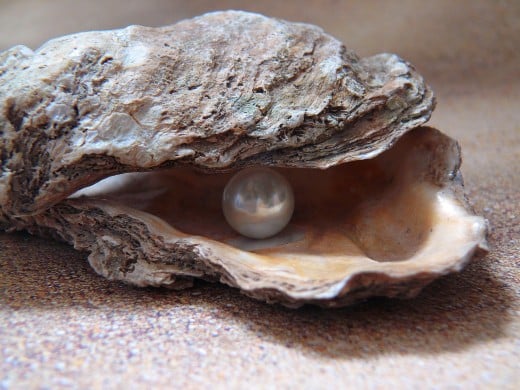
How a Pearl Is Created
While its beauty is simplistic and pure, the pearl is that its formation is anything but. The development of the pearl is an abnormal occurance in nature and is a response to the introduction of an irritant or impurity - sand, a parasite, even food - into the shell of a mollusk. A rare occurrence in nature. Of the pearl forming types of mollusks, only about one in forty will produce a pearl.
The mollusks' reaction to the different irritants will produce different types of pearls. If numerous spots within the mollusks are irritated, then numerous pearls could form, although these pearls formed tend to be of smaller size than a single formed pearl.
The pearl is formed as the mollusk continues to protect itself from the irritant by surrounding the offensive material with layers of calcium carbonate, forming the laminae. These layers of laminae form unevenly, hence the ability to discern the authenticity of a pearl by rubbing the pearls over the teeth - real pearls are gritty while imitation pearls are smooth. Like snowflakes, no two pearls are the same.
The best known source of pearls in are the marine mollusks pearl oyster, conch and abalone. Marine pearls are more apt to be spherically shaped pearl eyes or pearl drops. When marine mollusks develop into ovoid or pear shaped pearls, they are called as pear pearls.
Freshwater mollusks also produce pearls more irregularly shaped pearls called baroque pearls. They are also the source of seed pearls which were wildly popular in the delicate, lace-like pearl jewelry designed in 1800's American and European pearl jewelry as a symbol of gentility and purity.
Pearl's Value
Not surprisingly, one of the determinants of the value of a pearl is its shape and its size. They are both due to temperature and chemistry of the water and the health, species and size of the mollusk growing the pearl. Pearls closest to perfect spheres are more valuable, while baroque pearls, those with very irregular shapes, tend to be of lesser value because of the irregularity.
The size of a single pearl can vary from the size of a pinhead and barely visable, to the size of a pigeon's egg. The Hope Pearl is currently the largest known pearl, weighing in at a hefty three ounces and measuring two inches long. It has a long history of owners including London banker Henry Philip Hope, a very prominent, wealthy figure in the early 1800's. It is now at the South Kennsington Museum in London.
When considering the value of a pearl, jewelers also look at the luster, or what they call the "orient," of a pearl. This is comparable to the "fire" of the diamond - the more lustrous the pearl, the more valuable. Again, marine or seawater pearls have more luster because of the thicker coating of nacre, which makes sense because seawater probably contains more irritants. The more luster, the higher price on the market.
If you are considering the purchase of a pearl, consult a jeweler about the pearl's possible value then choose your pearl according to what you can afford. A pearl can be a lasting heirloom, to be passed on in your family, making the value of that set of pearls priceless.
Whether the pearl is a priceless gem from the sea or from freshwater, cultured or natural, their popularity points to a very important fact about pearls: they are greatly desired and make a suitable, timeless gift for any woman, young or old. There are many more facts about pearls owing to its popularity and its beauty. Its versatility makes the pearl a highly sought after adornment for women, men, clothes and even furniture. Learning the facts about pearls can only increase their value for you.
© 2011 Cynthia B Turner


